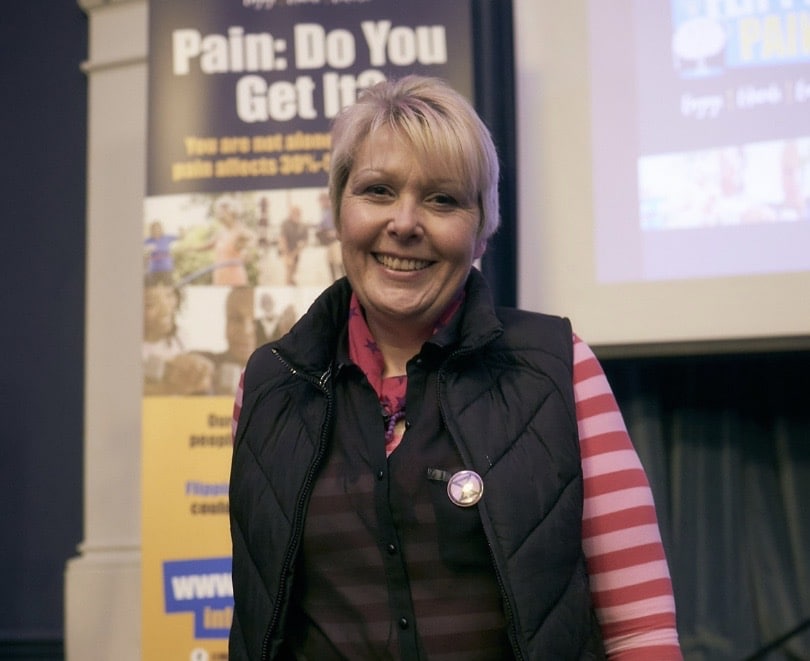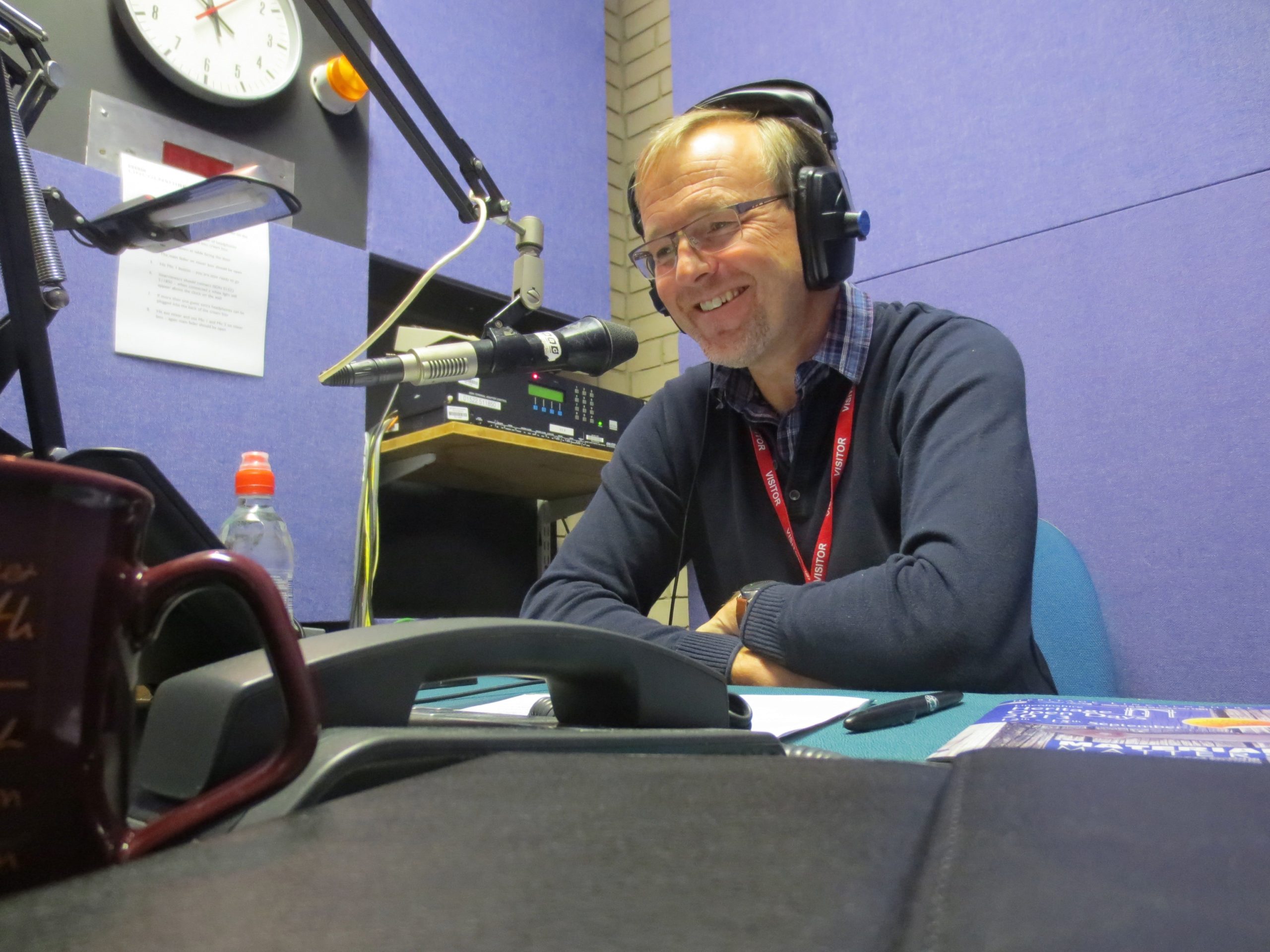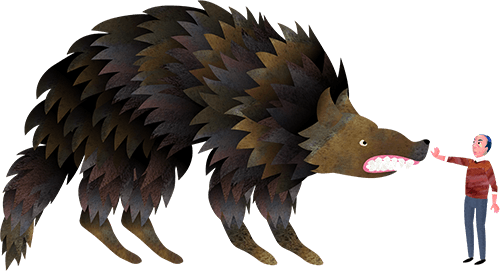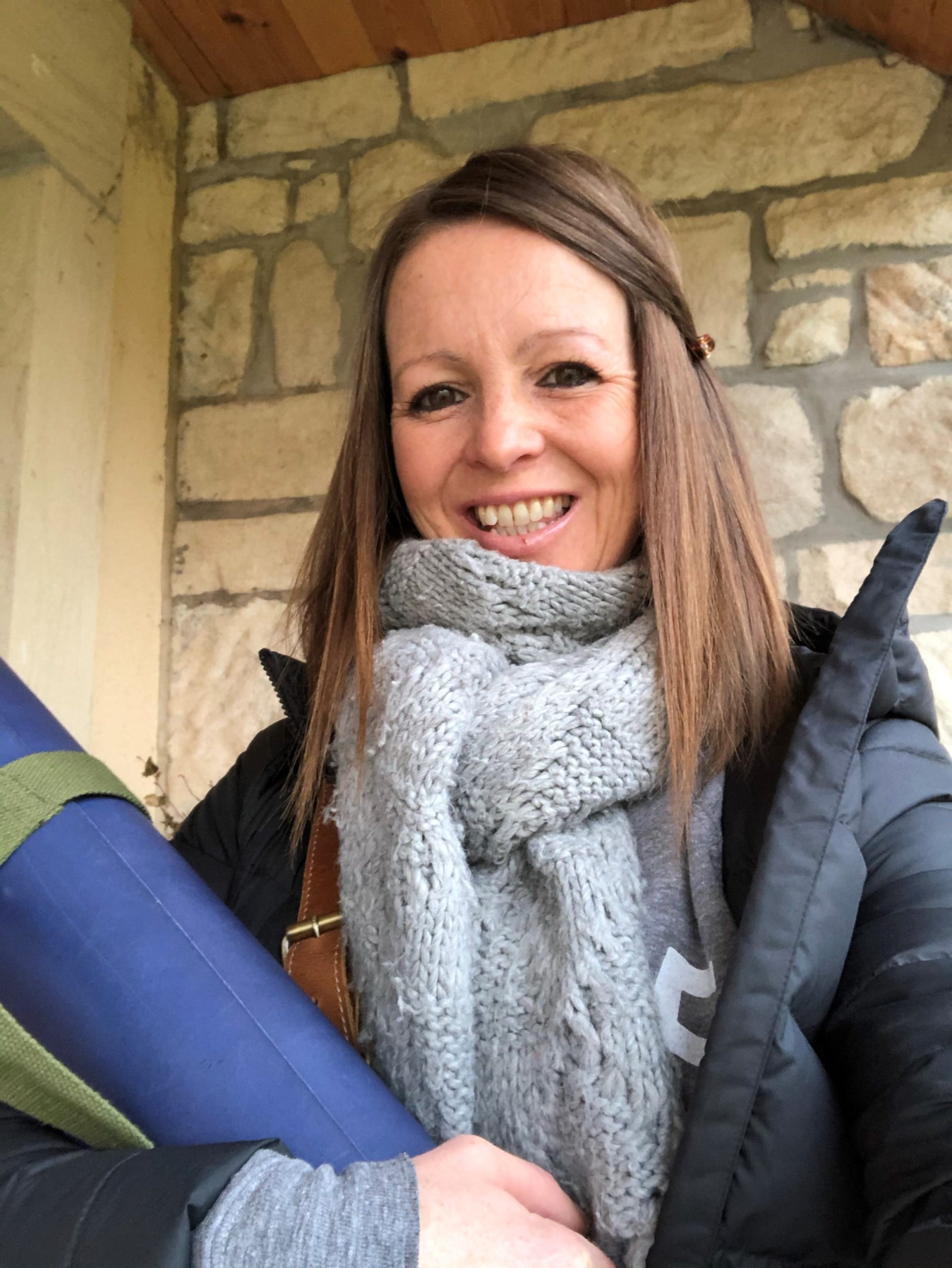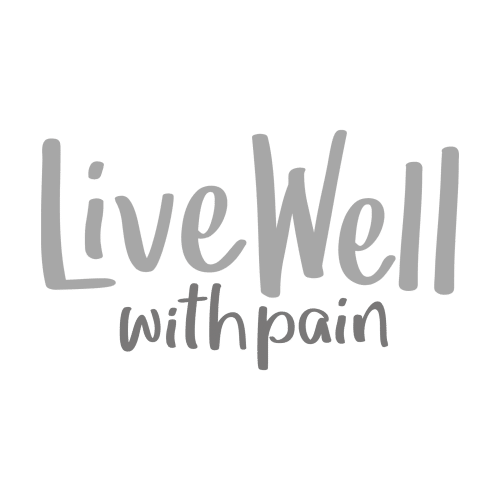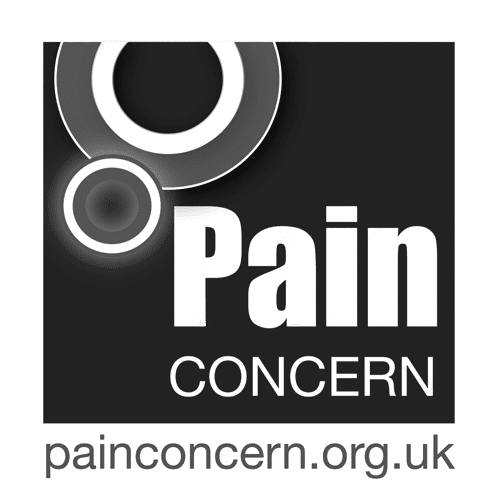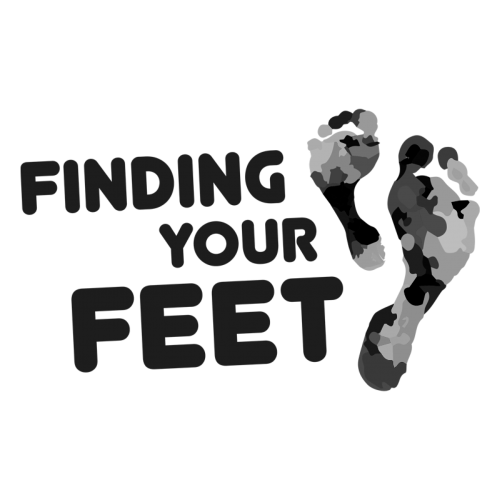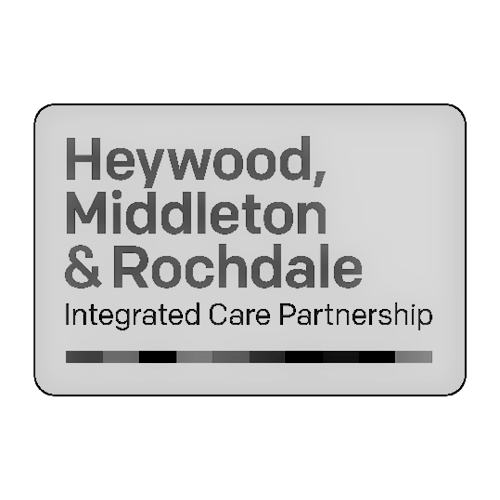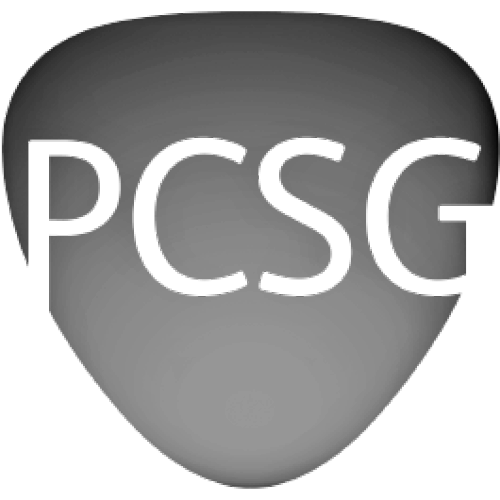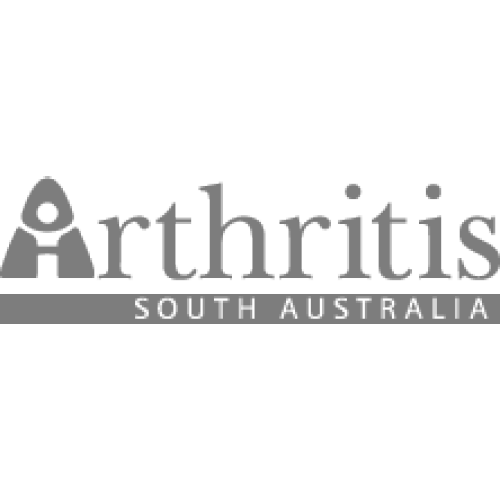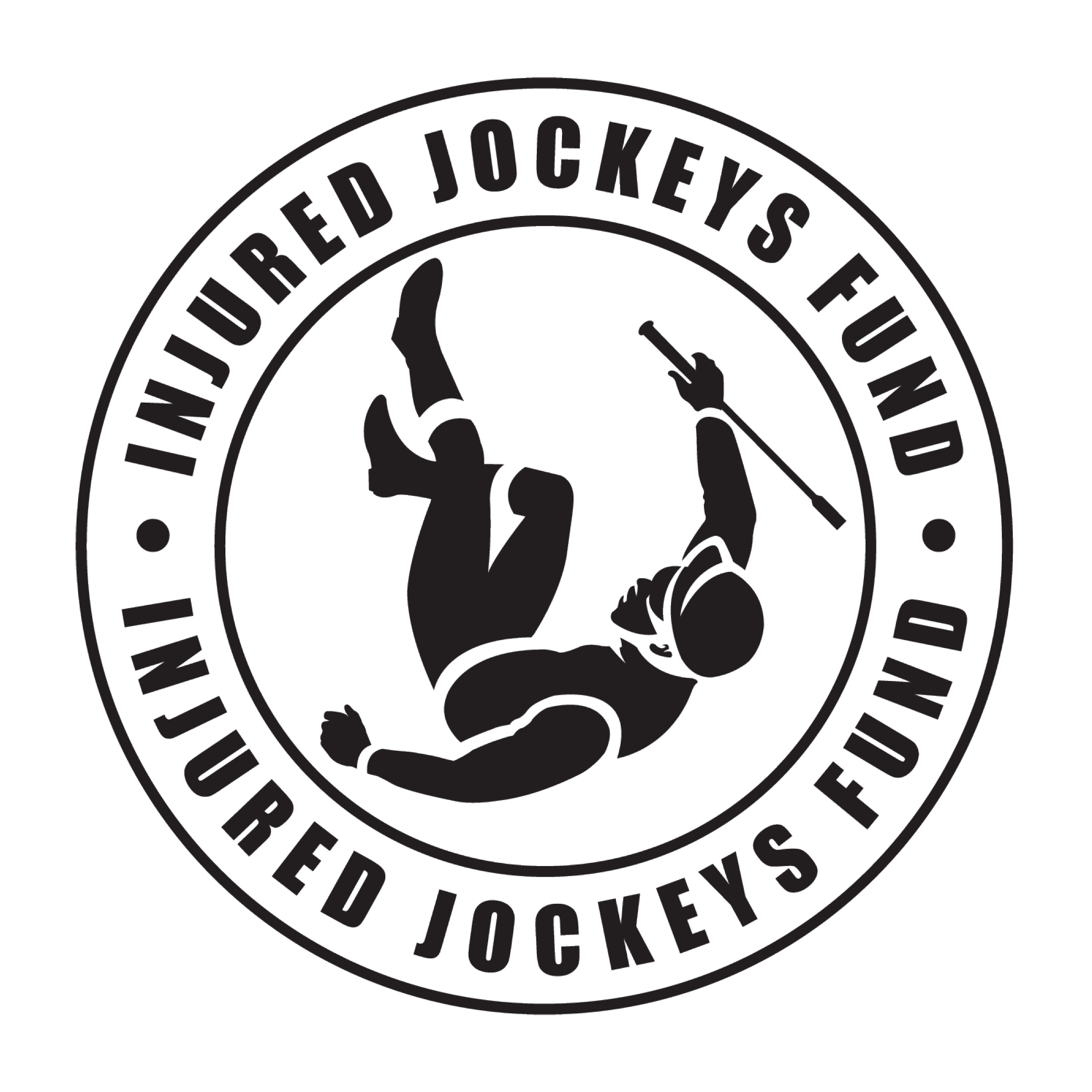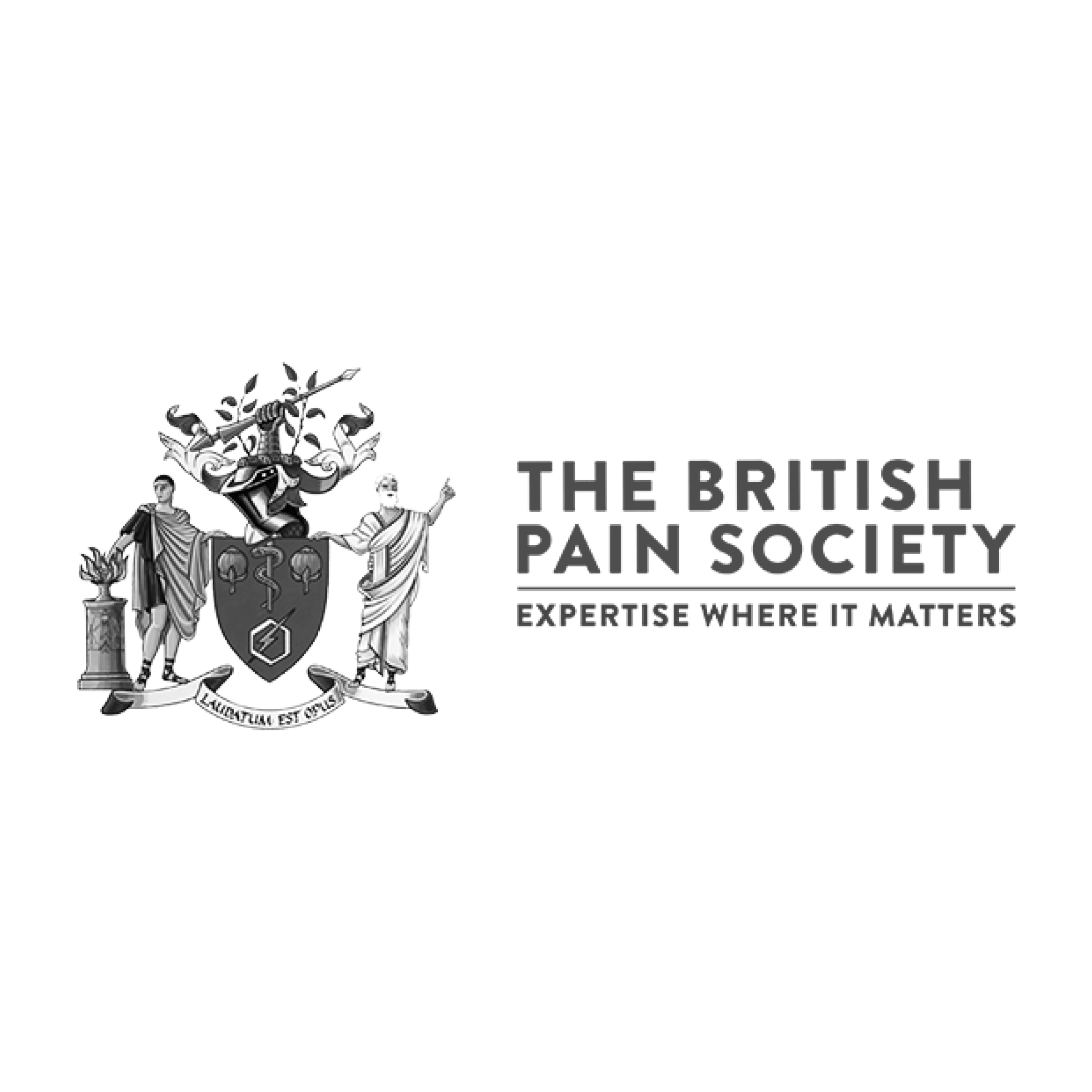Understanding pain is important – it changes the way we respond to pain and can change the way it feels.
FAQs
How do I know if my pain system is being over protective?
First things first: get yourself thoroughly checked out by a qualified health professional. They will know the right questions to ask and tests to do to make sure you have not got a serious condition. Most people reading this will have seen not one but many health professionals. Having a serious condition doesn’t mean that this stuff doesn’t apply, it just means you have to do other things as well to treat the condition.
Once you have been cleared of a serious condition, you are set to go!
Practice makes perfect! If you have had pain for more than a few months, then your pain system will be more efficient at producing pain. This is what happens over time – your system becomes more sensitive. It learns pain. Nerve cells in your spinal cord and brain change their properties to be more responsive. Exactly the same thing happens when you learn a new skill, such as playing the piano – nerve cells change their properties to be more responsive. The process is the same. The nerve cells involved are different.
You will know your pain system is becoming overprotective when:
- Your body starts to feel more sensitive than it did.
- Activities that used to cause a little pain now cause a lot of pain.
- Activities that were usually not painful, start to become painful.
- These things also happen straight after an injury – you might be able to see how excellent they are at protecting your tissues. They often resolve when the tissues heal. However, when the pain remains and the sensitivity sets in, it can feel like your injury is getting worse, but that is actually very unlikely.
- Other signs your pain system is becoming over protective include:
- Your pain might spread, or it might move from one side of your body to the other, or from one location to another, or new spots become sore.
- Your movement system starts to get in on the act. Remember that movement is another great way to protect. You might find some movements become more difficult. You might feel stiff.
- You might have muscle spasms. They can be really frightening, particularly if you don’t understand them or know what caused them. They are another way your body protects a painful area. They are almost never a sign that you have damaged something.
- You might even find you become more sensitive to things that don’t seem related to your body – loud noises, unusual smells – slightly annoying people can become very annoying people.
- All these things show that your system is ‘on alert’. Pain can actually be turned up and down by your thoughts, feelings and other things going on in your life – things that actually have nothing to do with the painful body part!
Pain scientists understand how this works and it actually makes terrific sense. However, many people don’t understand it – even some health professionals. One thing that we know absolutely for certain, 100%, is that an over protective pain system is NOT a sign you have a weak personality or a weak mind; it does NOT mean you are going crazy and it does NOT mean your injury is getting worse or your body is falling apart.
It means your body is doing too good a job of protecting itself.
When our pain system becomes over protective, it stops us doing the movements, activities and other things and that are actually necessary for recovery.
But we know you can’t ‘just beat pain’ because this sensitive system that is producing pain is also the system that helps to make you you! Everyone can learn new ways of retraining their pain system to be less protective. So, now is as good a time as any to get started.
How can I train my pain system to be less protective?
There are actually many ways to retrain your pain system, but they all begin with understanding your pain. In fact, understanding that pain is much more complex than a signal from damaged tissues is one of the best things you can do to start your journey to recovery – many people say that their pain began to reduce as soon as they understood it better.
The goal is to re-train your pain system back to providing protection when you need it, but not when you don’t.
Start by developing an accurate understanding of your pain system and how it can become overly protective. This overly responsive pain system is the result of the amazing ability of all of our body systems to adapt. Sometimes when injured tissues heal, they don’t look the same as they did before your injury – think of a scar from an old cut – but they can still adapt to being stronger and fitter and less painful.
Understanding is very important when it comes to pain because pain depends on what it means to you. If you can change the meaning of your pain, then you can change your pain!
Knowledge is power and really knowing that your system is overprotective, and really understanding that pain is affected by thoughts, feelings, moods, sayings – the list of things is just way too long – pain can be turned up by anything that can trigger a protection response and turned down by anything that makes your system feel safe. You might find that with understanding comes a renewed confidence to move – even when it hurts – and to nudge your system little by little.
Find a good coach. A good coach will help you understand your pain better and to identify the things that make your pain worse and things that make it better. A great coach, with training in pain science (you can ask your physio, OT, doctor or nurse if they have this), will teach you how to plan your recovery, one week at a time, and encourage you to persevere and ‘train smart’. Remember your coach can guide you, but this is a journey that you have to take.
You can start without a coach too – moving just a little more than you normally would and doing something that lifts your heart rate – little by little – is actually the best way to train your system to be less protective. You might have to be patient – sometimes it is slow going and you can have set-backs – but remember pain is protecting you, not telling you that you have damaged yourself.
Being creative in managing your journey is likely to help. Our brains love to get new information or to be reminded of situations or activities that are full of safety messages.
Never forget that your brain is always looking out for you. Even thoughts and feelings, social interactions, and life’s day-to-day events can powerfully influence your pain. Remember too, the trick is not to avoid all life’s challenges but to retrain your system to cope with them.
Sounds challenging right? Well it is, which is why you might need some coaching. Take a long-term approach – this is a journey. You might have to teach your nearest and dearest about pain too – they might not realise it, but the way other people understand your pain, can affect your pain
How do I know if I am safe to move?
Movement is the most critical pathway to recovery and it is almost always safe to move.
Get a health professional to check you over and give you the ‘OK’ to move. A health professional will be able to tell you if you are the very rare case for whom it is not safe to move. A health professional who understands modern pain science can talk you through why it is safe for you to move even though you have pain. They can tell you how much you can push it, how you can start to ‘read the signs’ that you are getting close to triggering your pain system. Remember – the pain system will protect the tissues of your body!
They can also help you understand that many things found on scans are perfectly normal and common, even in people who do not have pain.
Start with something slightly more intense than you currently do. If you are like many people with persistent pain, you are not doing much in the way of activity and movement. It is usually best to start gently with a simple movement such as walking. Some people with persistent pain already do a massive amount of exercise (some are Olympians!). Then it can be a case of mixing exercise with other cues and ‘training smart’.
Injuries heal, and your body’s tissues adapt amazingly well to the demands of life. Even if things don’t heal perfectly, they nearly always return to close to normal function. That doesn’t mean we stop hurting. Back pain in particular can be really severe even when there is no detectable tissue damage at all!
Here are some facts that have helped other people gain confidence to get moving:
‘Disc bulges’ are so common in people WITHOUT back pain that many scientists think they are not abnormal but a common and normal part of ageing? 50% of 40 year olds WITHOUT back pain have a disc bulge! You can learn more about common back scan findings in people without back pain here.
If you were injured more than two months ago then a vast amount of healing has already happened. Don’t underestimate how magnificent and irresistible this healing capacity is.
Knowing and believing that you are safe needs repetition and practice, and ‘stacking up the wins’, as you teach your overprotective pain system that it does not need to be so protective.
How do I know if my health professional understands modern pain science?
Ask them these questions (they should say yes to each one!):
- Do you understand and believe the biopsychosocial model of pain?
- Can you help me understand my own pain system?
- Can you teach me how to manage my own recovery?
- Can you give me skills to master my situation?
Will I re-injure myself?
An over protective pain system reduces your risk of re-injury. This is because your pain system will alert you to danger much sooner than a normally protective pain system would.
An over protective pain system gives you a big buffer between when your pain system cuts in to protect you and when your body actually needs the protection. That is the whole point of your body learning pain.
No one can completely eliminate all risk of injury – we can’t control everything. But if you are not very unlucky or very stupid, then your chances of injuring the painful body part are very low. Remember, even if injury does occur, then your body is perfectly capable of healing and re-adapting again. Consider sportspeople who have multiple injuries and re-injuries, and yet in most cases return to their sport.
As you begin to challenge yourself physically it is important to realise that an increase in pain does not mean an increase in injury. An over protective pain system will often alert you as you try new tasks, but remind yourself that it is protective, not a sign of damage. If a flare-up lasts longer than usual, or you have had a significant accident and you are concerned, ask your health professional to give you the all clear.
Rest and avoiding activity and movement tends to make an over protective pain system even more protective. The chance of ongoing pain is higher if you stop moving – your system adapts to being stationary. Exercise and movement are the best way to reduce your pain. As you load your tissues you will become stronger, and your stronger body will be more resilient to injury. Exercise and movement turns down your protection setting.
Will I get better?
Many people don’t realise how much patience, persistence and courage it takes to get better. But if you stick at it, remain patient, and be brave when you need to be, then all the evidence we have tells us that you will slowly get better. Belief in this, and building your own sense of optimism about the future, are important for your recovery.
The most common reasons that people don’t get better is that they avoid everything that hurts or they do everything regardless of how much it hurts, until they give up because it is too horrible. The first is called the ‘avoidance pathway’. The second is called the ‘boom-bust cycle’.
The third way is the best. Understand your pain. Get a plan to slowly increase what you are doing and stick to it. Be patient. Be persistent. This is the best thing you can do to recover.
How can I speed up my recovery?
Your body has an in-built recovery system – you just have to help it along. To make it as quick as possible is more about avoiding things we know slow it down. For example:
Don’t go looking for a quick fix magic pill or injection or online gimmick to fix your body for you – you need to retrain your system and no one else can do that.
Eat fresh fruit and vegetables and limit your sugar. Vegetables are anti-inflammatory. Sugar slows down recovery.
Get enough sleep and get a good sleep habit. Sleep is anti-inflammatory. Poor sleep slows down recovery.
Learn new ways to reduce stress. Anxiety and depression slow recovery. A good psychologist can give you effective methods to reduce anxiety and depression.
Stick to your plan.
Ask your doctor ‘Can you help me slowly reduce my pain medications?’ Some pain medications actually slow your recovery.
Keep testing your new sense of what’s possible. Aim to be active on most days – even if just a bit. Track your progress, set some goals, and think about the things you will be able to do when your pain is better. People recover at different speeds, with persistence, most people will get better.
Is all this learning new skills and information really helpful?
Amazing as it sounds, learning new things – skills and information – is anti-inflammatory! Keep up your journey of understanding of pain by reading new things, watching (good!) YouTube clips like those listed below. Keep learning!
Read blog posts and books. If you don’t read – that is ok – listen to podcasts or audiobooks and watch videos to stay fresh on the information – but choose your information carefully. Look for information that is backed by good quality research.
Usually a website that has “.org” or “.gov” in it is likely to have more accurate information. These sources will paint a positive picture for your recovery.
How do I help others?
Once you start to understand pain and you notice you are recovering, then you might want to spread the word that recovery is possible. You might want other people to know what you now know. You might want to inspire the millions of people out there still suffering. Well we say – Do it! You can do this via social media, via volunteering at your local pain clinic, helping out at public events etc
People who have been through it make great coaches. No matter where you live, there is likely to be some way you can ‘give back’. The coolest thing about this? Giving back keeps your system fit, lively and healthy.
Did you know that volunteers live longer? 🙂
Myth Busting
myth
Persistent pain is rare
reality
About 30-50% of people in the UK live with persistent pain. It is the leading cause of disability in the world. If you have pain, you are not alone!
Ref: BBC News – Up to half of UK people living in pain
myth
A scan or X-ray will show the source of my pain
reality
Pain is usually the result of a combination of different things, most of which don’t show up on scans or X-rays.
It’s not unusual for scans such as X-rays to be normal even though people are in pain. On the flip side, it’s also very common for abnormal findings to be seen on scans of people who don’t have any pain. In fact, many abnormalities we hear about (e.g. disc degeneration, disc bulges or arthritic changes in our spines) are far more normal than you might think and are often present in pain free people as well as those with pain. Surprising and a bit confusing too, right?
You might be even more surprised to learn that scans can actually be unhelpful when it comes to managing persistent (long-term) pain. For example, research has shown that people who have scans and X-rays tend to be more anxious and report more pain and more disability compared to people who didn’t have them.
What all of this means is that it’s hard to tell whether things we see on scans or X-rays are actually related to why someone has pain or not, especially when it comes to persistent pain. Most of the time, clinicians can assess you thoroughly by listening to your story, the answers you give to their questions and by examining you.
Ref: Guidelines from the National Institute for Health and Care Excellence (NICE)
myth
Worse pain means worse injury
reality
It is possible (in fact pretty common) to experience high levels of pain with little or no injury or damage. The opposite is also true; some serious and even life-threatening conditions or injuries cause very little pain or even no pain at all (e.g. battlefield injuries or certain types of tumour). Pain is not a reliable indicator of the health of our body’s tissues or the extent of an injury. For some of us this is quite different to what we might expect.
In fact, the main purpose of pain is protection. The pain we experience reflects how concerned our body’s natural alarm system (our nervous system) is about a particular movement or body part for example. LOTS of things influence the pain we experience, including some things we consciously control, but also many others that we don’t such as our past experiences, our levels of stress or worry and fatigue.
The following is a case reported published in 1995 in one of the most respected medical journals. A fascinating example of how many things (in this case thoughts and expectations) can cause our body’s alarm system to create pain that doesn’t reflect injury or damage to the body.
myth
Persistent pain means that the body has not healed
reality
Whilst most of us would not be surprised to experience pain because of a new injury or illness, many people experience pain long after the body has healed. This happens because our body’s natural alarm system (our nervous system) believes that our body is still in danger and therefore continues to produce pain to warn us to protect ourselves.
Scientists and doctors still don’t fully understand why this happens. We also don’t completely understand why it’s possible to have pain with no injury at all, or serious injury with no pain. Understandably, the longer someone has pain, the more concerned and distressed they are likely to be about it. Fortunately the evidence suggests that active pain rehabilitation combining both physical and psychological treatments is effective for many people. The focus of this type of approach is to help people improve their quality of life – even if pain sometimes persists.
Ref: The Guardian – Back pain: how to live with one of the world’s biggest health problems
myth
Persistent pain gets worse as we age
reality
Pain does not necessarily get worse over time and pain is not a normal part of aging. At any age, our bodies can adapt positively to new things and can respond to treatment.
Ref: Tame the Beast
myth
It is a bad idea to exercise with persistent pain
reality
Exercise is not only safe for most people with persistent pain but is also one of the most effective ways to control pain and increase your physical and mental health. A well-informed health/exercise professional can help you find a way to be more active, whatever your level of pain.
Ref: National guidance regarding exercise & physical activity with pain
myth
You have to take painkillers if you have pain
reality
Medication may be necessary for some people in order to keep them well and manage health problems. Painkillers however do not ‘cure’ pain. In fact, although it might not feel like it, painkillers are optional. For a variety of reasons, not everybody takes or wants to take painkillers. Some people can’t take painkillers because of other health problems. Some have tried them and found the side-effects weren’t worth it. Others have never found anything that helped, and some people find that even though painkillers helped to begin with they later stopped working and so chose to stop taking them. So the amount of painkillers someone is on doesn’t necessarily reflect the amount of pain they are in, and vice versa.
myth
If my painkillers are not working I need stronger ones
reality
Painkillers can sometimes be helpful in the short-term but many people with persistent pain do not find them helpful or find they have developed a tolerance to them (needing to take more and more for the same benefit). Disappointingly, painkillers are often not as effective as people we’d like or might expect them to be.
If you have tried taking a painkiller for a period of time and are not finding it helpful, taking more of that medication or a stronger medication will not necessarily help. It may risk more side-effects and potential short- and/or long-term harm.
Some people end up on a lot of different painkillers without really being sure why they are taking them and what is helping. Ask your GP or pharmacist for a medication review if you would like advice and support to gradually reduce and come off any medication that is no longer helping you in a safe way.
myth
I need opioids to reduce my pain
reality
Some painkillers are based on opium (codeine, morphine, fentanyl) and whilst opioid-based medications can be effective for short-term pain (such as after surgery or breaking a bone) there is little evidence that they are helpful for the majority of people with persistent pain. Long-term and regular use of opioid medication can cause significant harm. Surprisingly, they can also actually lead to increased pain.
If you have severe pain despite taking strong painkillers such as opioids, it means that they are not working and should be reduced and then stopped. Ask your GP, pharmacist or other prescriber for advice and support to do this safely.
Ref: A range of information about opioids and persistent pain via My Live Well with Pain
myth
Surgery will get rid of my pain
reality
Surgery can be helpful for some medical conditions. However, in most cases if you have widespread pain then surgery on one part of your body is unlikely to make much difference to your overall pain. Generally speaking, the longer someone has pain, the less likely it is that surgery will help.
In fact, surgery is only indicated for a minority of medical conditions, and even then, not everyone who has surgery reports great reduction in their pain or a complete fix in the long-term. Surgery can of course also be associated with significant complications.
